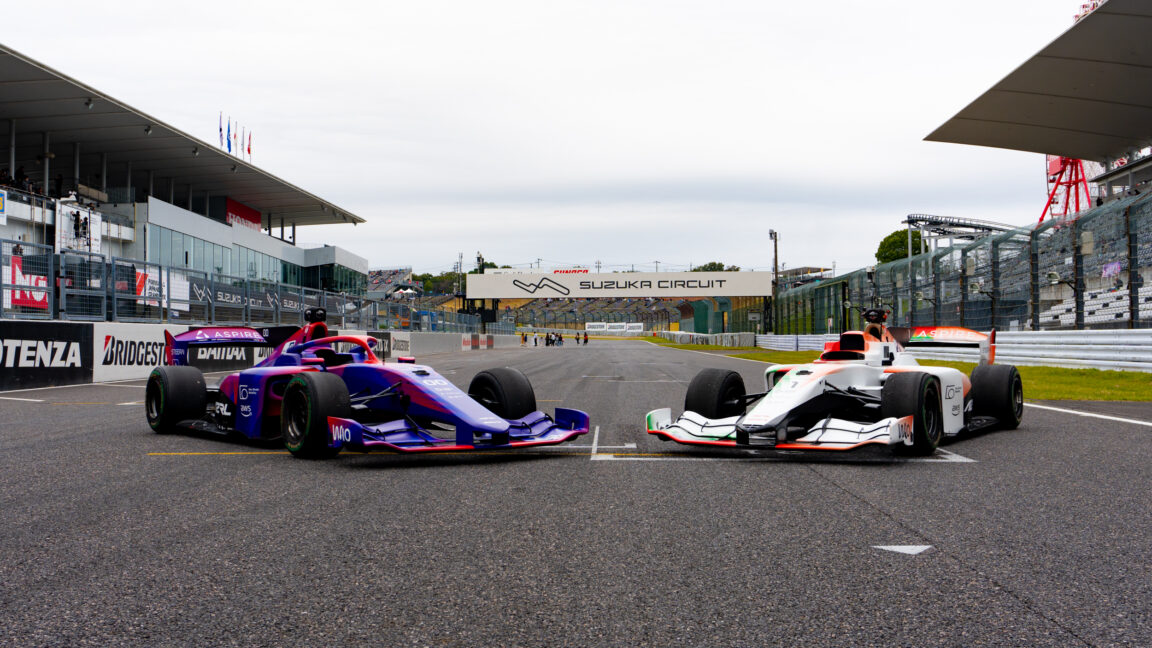Bussiness
Planned new bike lane in industrial NYC neighborhood has business owners fuming: ‘Just not safe’

Businesses in one of the last-standing industrial corners of Long Island City say they can only take so much gentrification — and that a planned new bike lane has put them over the edge.
Local industries argue that the cyclist carve-out in the trendy Queens neighborhood will be dangerous for their truck drivers — not to mention the bikers.
“Not every street is safe for a bike lane. You wouldn’t put a bike lane down the middle of the LIE. It’s just not safe. And this is similar,” argued Matthew Dienstag, co-owner of the local LeNoble Lumber.
But the city — which touts on its transportation Web site that nearly 1 million New Yorkers regularly ride bikes — is plowing ahead with plans to connect the Pulaski and Kosciuszko bridges for bikers.
The connection will come by way of Borden, Starr and Review avenues — a dangerous sector of Blissville infamous for its big-truck congestion.
“It’s like, ‘This is what we’re doing, we don’t give a s–t.’ Excuse my French,” griped Michael Diamond of J&S Supply Corp, a 75-year-old insulation and roofing distributor company, to The Post, referring to the city’s stance.
J&S Supply is one of the dozens of warehouse businesses, as well as a city Sanitation Department waste management facility, that contribute to the heavy stream of truck and forklift traffic traveling in and out of the corridor.
Massive box trucks already swerve across both lanes of traffic to enter and exit their warehouses, a tricky maneuver made even more difficult by the overcrowded streets’ chronic double-parking problem.
Local civic associations and the community board requested the bike lane as a solution to the safety issues.
Five people, including two cyclists, were killed — and more than 170 others injured — on the local roads in the past five years.
“We need to do everything we can to ensure we don’t lose another life to a preventable death,’’ city Councilwoman Julie Won told The Post.
“Increasing pedestrian and cyclist traffic will only help businesses by increasing their customer base as well as their workforce,’’ she said. “I look forward to having discussions with any individual business, DOT, and the community board.”
Under the plan, as much as 15 feet will be carved off Review Avenue’s existing 52-foot roadway to make room for the two-way cycling path and buffer zone.
With space allotted for parking on both sides of the road, just about 22 feet would be left for moving traffic — a significant slice that business owners say they cannot give up.
“There probably will be more truck accidents than there are now,’’ Dienstag argued. “When you have a tractor-trailer pulling into any one of these buildings there to put to back in or to pull out, they’re almost hitting those cars afterwards.”
The business owners said cyclists would be in danger, too.
In a span of one hour Friday morning, The Post observed four cyclists pedal down Review Avenue, including one who opted for the sidewalk path rather than the busy street.
“There’s a lot of trucks, so it’s better this way. No one’s around,” said Richard Derba of Maspeth, Queens, who cycles to Greenpoint along the Review Avenue sidewalk twice a week.
When asked if the incoming bike lane would be beneficial, Derba said it wouldn’t make a difference to him because the vehicular traffic would still be too heavy for his comfort.
Business leaders, including Diamond and Dienstag, laid out their frustrations during a project walk-through with DOT representatives earlier this summer but said they feel ignored.
“They didn’t seem to be very open to changing things,” Diamond said. “That’s the impression I got. ‘We don’t care, we’re the city, this is what we’re going to do.’ ’’
Thirty-two business owners penned a petition to the DOT asking that it pause — not stop — the project before construction is slated to begin this fall.
But the city agency says it has already conducted a detailed study of the project zone from both a bike and freight truck perspective.
“In an area like Blissville plagued by excessive speeding, we developed this project at the request of the community with robust local and business input to improve safety for everyone on these streets,” rep Vincent Barone told The Post.
“This route fills a critical gap in our bike lane network and will go a long way towards supporting cycling ridership, which has increased dramatically in the area over recent years. We look forward to implementing these much-needed safety improvements this fall.”










